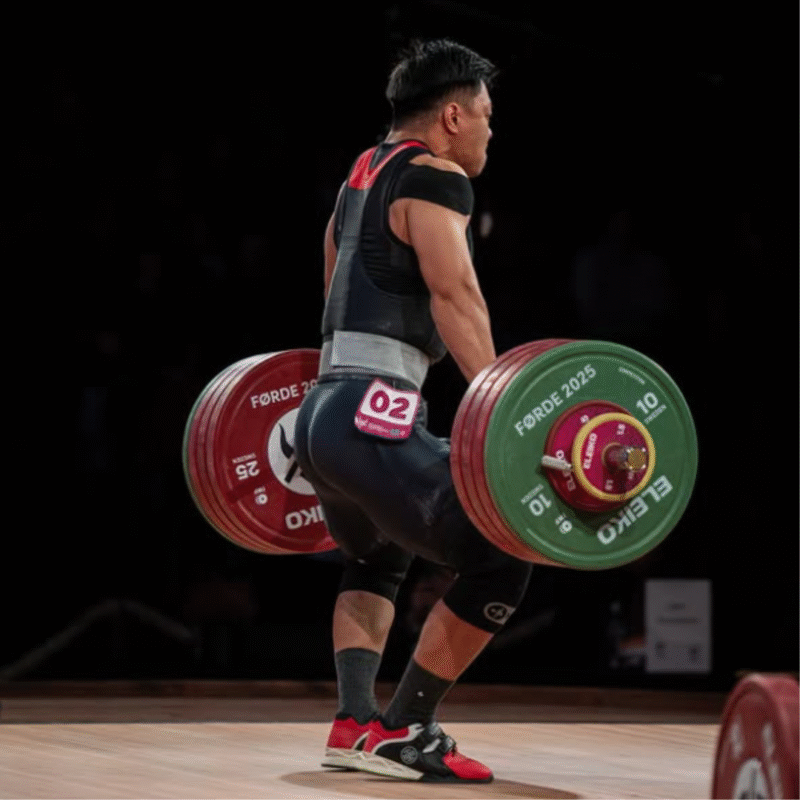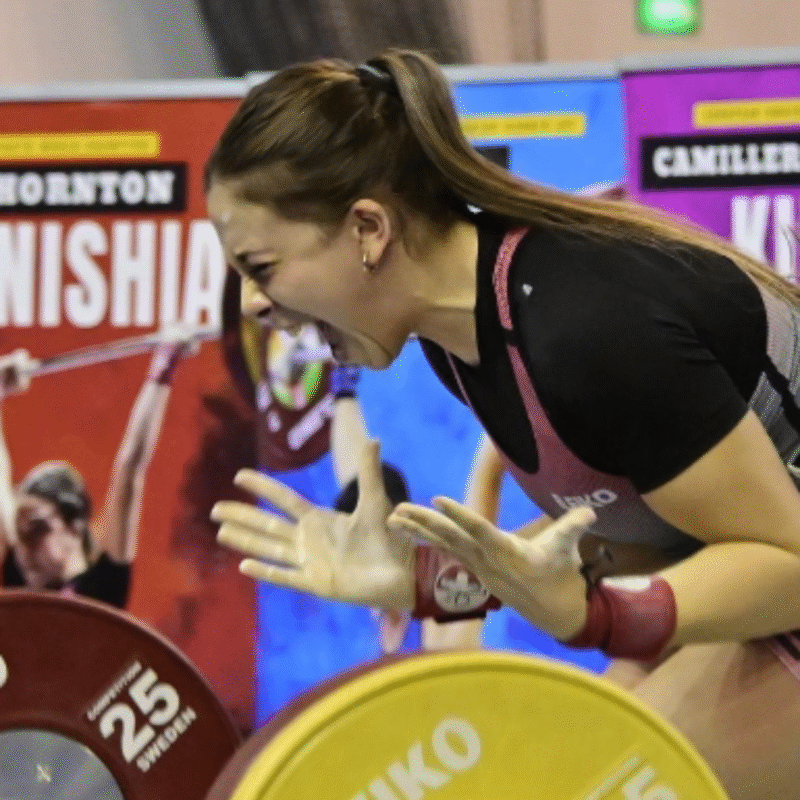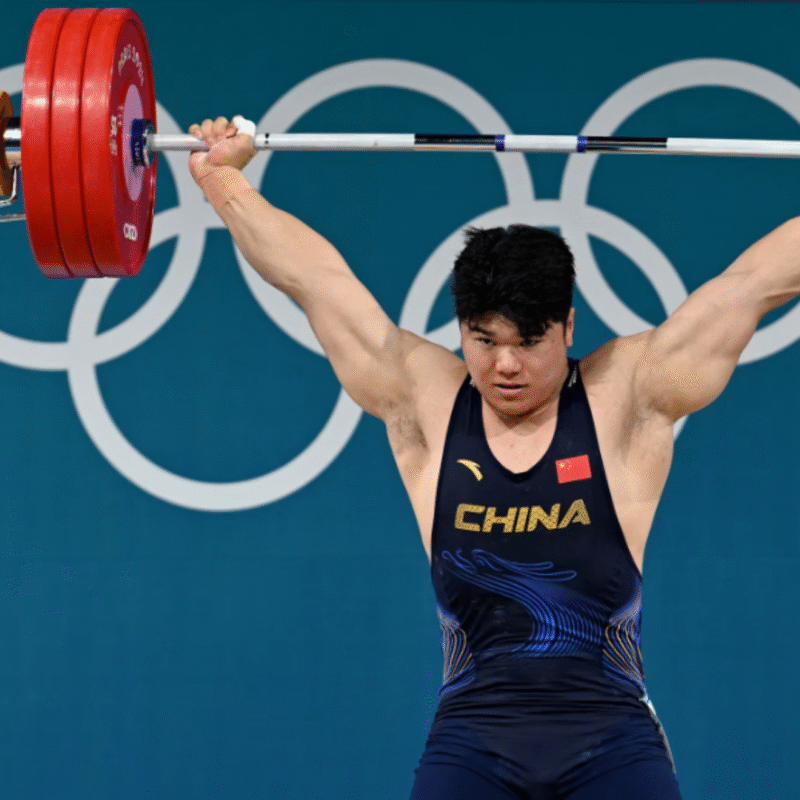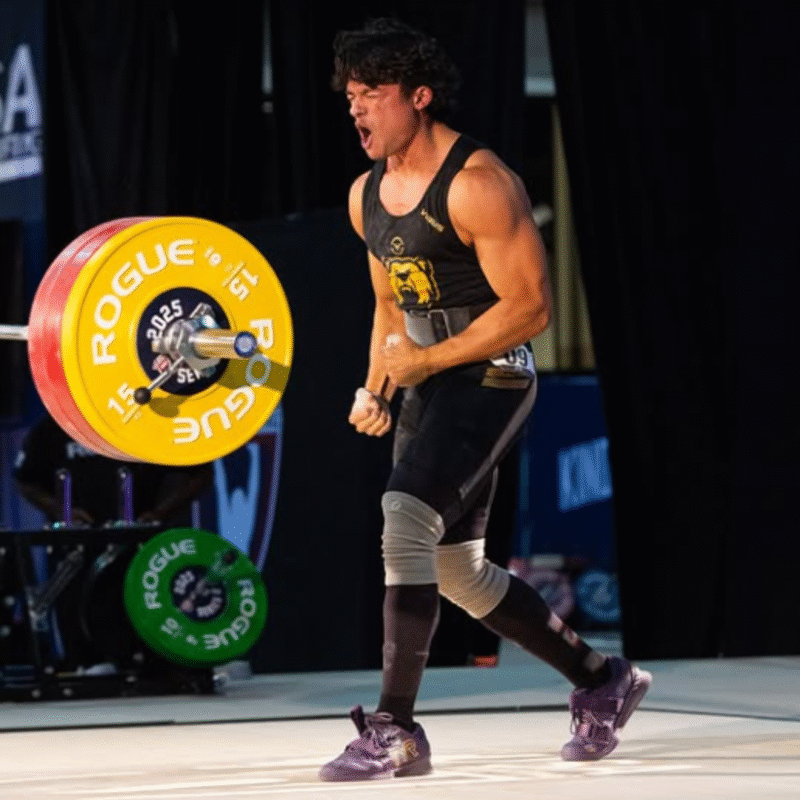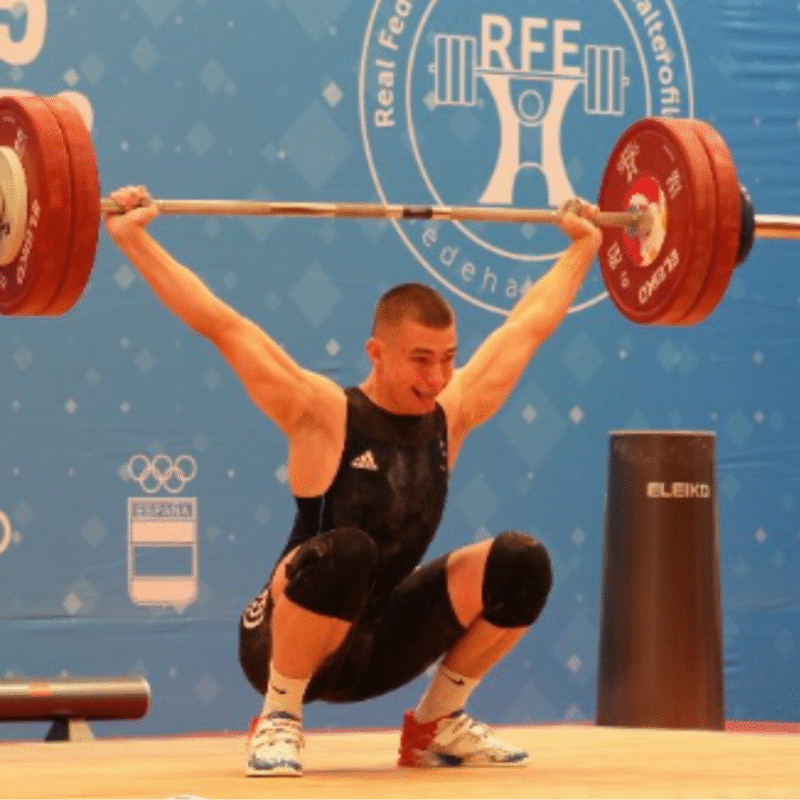Blog
Changes to IWF Weight Categories: A New Era for Weightlifting
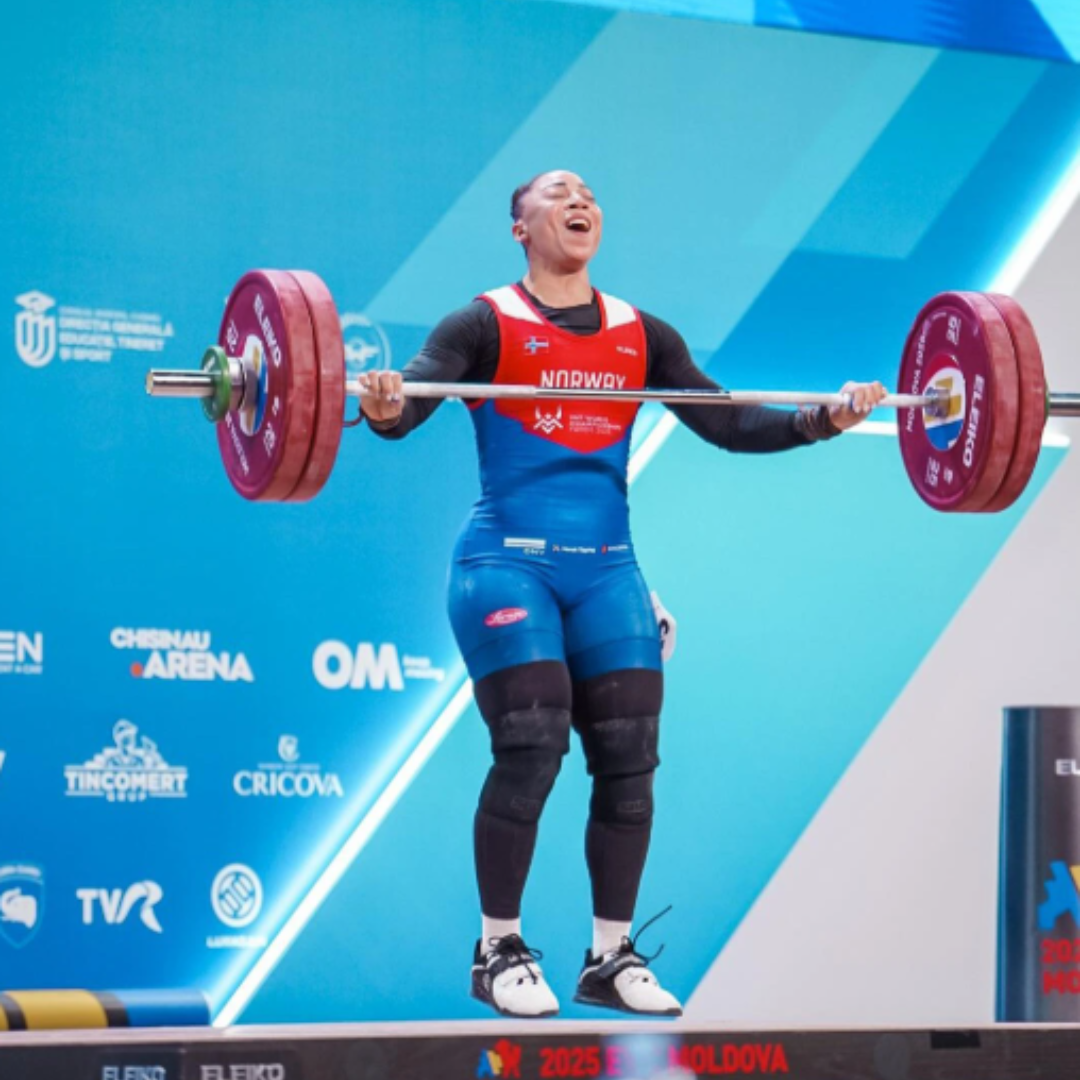

Overview
The International Weightlifting Federation (IWF) has introduced new weight categories, marking a significant shift in the sport’s framework. These changes are designed to modernize weightlifting and address critical global challenges. They directly affect athletes at every level, ranging from local competitions to prestigious events like the Olympics. This decision reflects the IWF’s ongoing efforts to stay relevant in the face of doping scandals that have long plagued the sport. It also addresses increasing calls for greater inclusivity and gender equity. Fans, athletes, and officials are now navigating a transitional period as they adapt to these updates. The impact on the sport’s competitive structure, historical records, and qualification standards is expected to be far-reaching. These changes could redefine how the sport is perceived and practiced worldwide, ushering in a new era for weightlifting.
Why the Changes Were Necessary
The changes were made to align with International Olympic Committee (IOC) guidelines. Weightlifting has faced criticism due to doping scandals. These scandals have damaged the sport’s reputation and Olympic status. Resetting the weight categories is seen as a fresh start. It also aims to promote gender equity by balancing male and female classes. Smaller nations may find more opportunities to compete under the new system. The goal is to make the sport cleaner, fairer, and more inclusive.

The Potential Benefits
Several benefits are expected from the revised weight classes. The creation of new records is likely to energize athletes and fans. This fresh start offers lifters the chance to set historic benchmarks. Smaller countries could also find it easier to field competitive athletes. The changes may better suit a variety of body types and physical builds. Inclusivity and equality are emphasized, which aligns with modern sports values. The adjustments may also help rebuild trust in weightlifting on the global stage.
The Challenges and Drawbacks
Adapting to the new weight categories will not be easy. Athletes may struggle to adjust their training and weight management. Many have spent years competing in now-retired categories. Historical records may lose context or seem less relevant. Organizing events could become more complicated during the transition. Qualification processes, weight limits, and performance benchmarks will need updates. Critics also worry that frequent changes alienate traditionalists. Preserving the sport’s heritage while embracing change remains a challenge.
Conclusion: A Balancing Act for the Future
In conclusion, the IWF’s decision to revise its weight categories represents a bold and forward-thinking effort to modernize the sport of weightlifting. While the changes aim to address pressing issues such as doping, gender equity, and global participation, they come with significant challenges that could complicate their implementation. The creation of new records and opportunities is an exciting prospect for athletes and fans, but the transition also risks alienating those who value the traditions and history of the sport. Ultimately, the success of this initiative will depend on the IWF’s ability to balance the competing interests of innovation, inclusivity, and tradition while fostering a sustainable and dynamic future for weightlifting. As the sport embarks on this new chapter, the coming years will be critical in determining whether these changes bring the intended benefits or unintended consequences.



